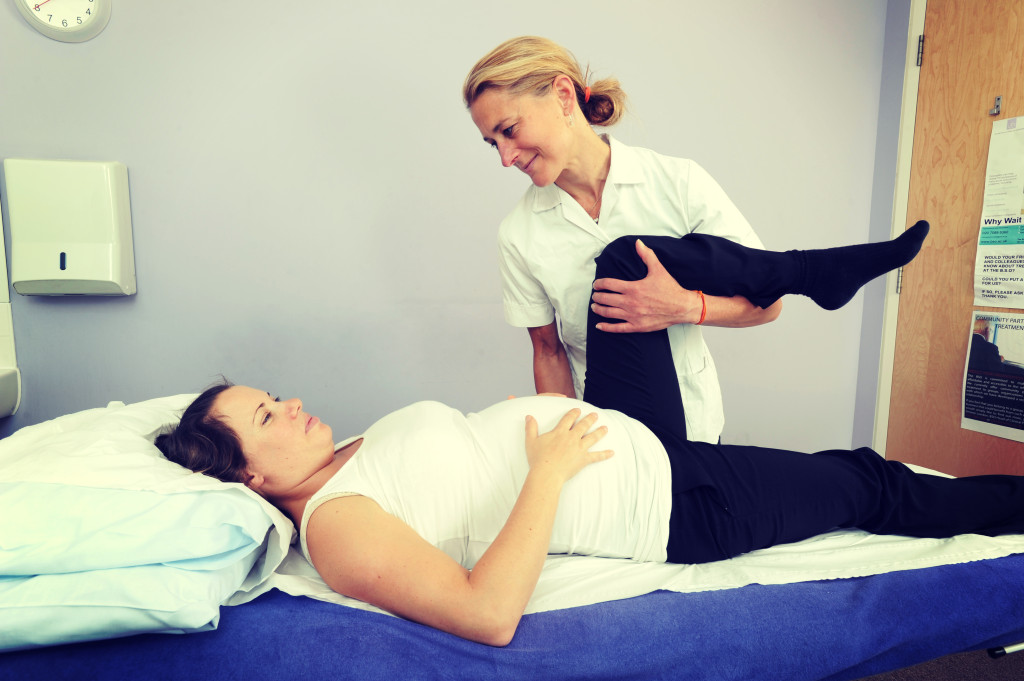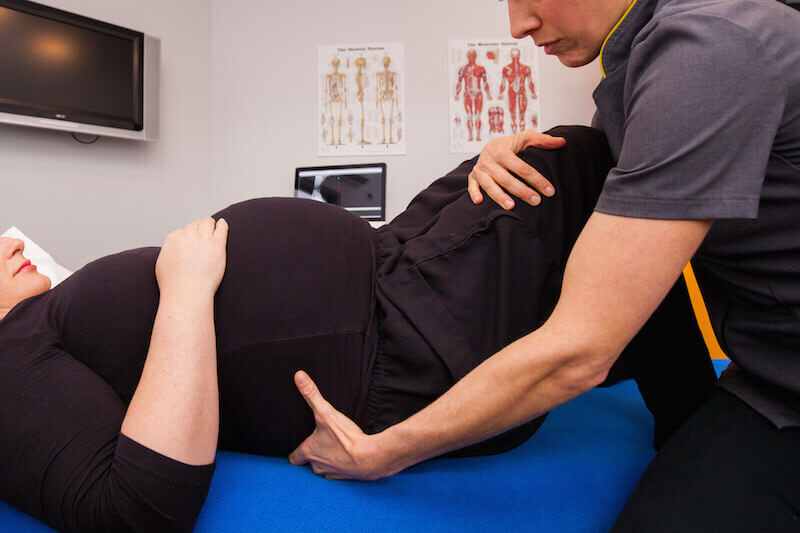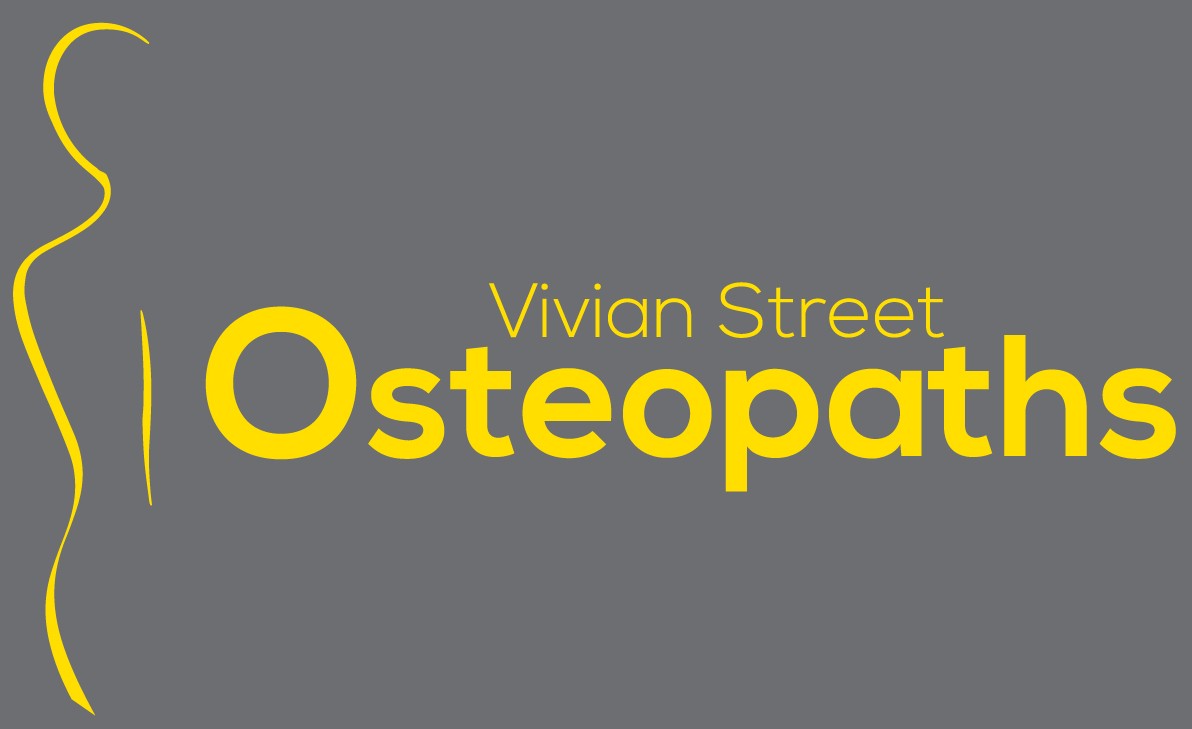What is sciatica? Sciatica isn’t actually a single condition – instead, the term refers to a group of symptoms of an underlying medical condition. This means that in order to effectively treat a case of sciatica, it is important to identify the underlying cause.
Sciatica: Symptoms and Treatment
Sciatica describes a painful syndrome caused by compression or irritation of the sciatic nerve. The sciatic nerve is the longest nerve in the body. It emerges from the spine in the lower back, passes through the buttock, and extends along the back of the leg, down into the foot.

As many as 40% of New Zealanders will experience sciatica at some point in their lives. It most commonly occurs between 45 to 64 years of age. Additional risk factors include:
- Smoking
- Being taller than average
- Undertaking strenuous physical activity on a daily basis
- Sitting for more than 2 hours a day
A trained osteopath has the skills and knowledge to help you relieve the pain and dysfunction caused by sciatica.
What causes sciatica?
Sciatica can be caused by:
- A herniated (bulging) disc (also known as a ‘slipped disc’ or ‘disc prolapse’)
- Isthmic spondylolisthesis (a shifting of the vertebrae caused by small stress fractures)
- Lumbar spine stenosis (a narrowing of the pathways in the spine caused by old age)
- Muscle spasms and tension
- Age-related growths of bone on the vertebrae (known as ‘bone spurs’)
- Arthritis in the low back or hip
Sciatica may also present during pregnancy. As the baby grows, it places pressure on the pelvis and the lower back, which, in turn, places pressure on the sciatic nerve.
As you can see, there’s a wide range of possible causes of Sciatica! This is why it’s very important you have a trained osteopath examine and give you a proper diagnosis of the cause of your pain. That way, you can get to the root of the problem and choose the best possible treatment.
What are symptoms of sciatica?

Sciatica usually only affects one leg at a time. The most common symptom of sciatica is a pain that runs down the buttock and the back of the affected leg through the foot. Sciatic pain is usually described as cramp-like and may be as mild as a dull ache or as feel like severe, shooting, stabbing pain.
Other symptoms include:
- Low back pain that is not as severe as the pain in the affected leg
- Pain that feels better when you lie or walk, but worsens when you stand or sit
- Weakness or numbness moving the affected leg or foot
- Feelings of pins and needles in the affected leg and foot
- Decreased control of the affected leg
This pain can be constant or triggered by certain activities. It is often aggravated by sneezing, coughing, lifting, or sitting.
What is proper treatment for sciatica?
The good news is that sciatica responds well to treatment. Most cases resolve in 12 weeks. Manipulation techniques and specific exercises have been shown to help in treating the condition.
Our osteopaths will conduct a full osteopathic exam to find the underlying cause of your pain. They’ll treat the related joints, muscles, ligaments, tendons, and organs to reduce the pressure on the sciatic nerve.
Once our osteopaths identify where the compression of your sciatic nerve is taking place and the specific cause of your pain, you’ll be offered targeted therapy to relieve the pressure on the nerve. You’ll be given movement strategies and exercises to help get through your days, and advice on managing inflammation.
Once the pain is resolved, our osteopaths will focus on recovery and rehabilitation to prevent further episodes from occurring. This treatment is likely to focus on joint mobility, spinal function, and better muscle activation.
How do I prevent sciatica?
There are several things you can do to help avoid sciatica occurring:
- Maintain correct posture when standing, walking, or sitting
- Do exercises that keep the back and the core strong and flexible
- Practice safe lifting techniques
- Use chairs that provide good back support and a good seating posture
- Quit smoking
- Maintain a healthy body weight
- Take regular breaks if your job involves sitting for long periods of time
With careful attention to your body and day-to-day activity, you can help avoid sciatic pain.
Make an Appointment
If you’re suffering from sciatica and would like to get help to relieve your pain, one of our highly trained, experienced osteopaths here at Vivian Street Osteopaths can help. Call us at 06 758 7078 or book online to book an appointment with an osteopath near you today.
ACC compensation
If you would like osteopathic treatment to treat pain or injury resulting from an accident, we’re able to help. We’re an ACC accredited primary care practitioner, which means that you don’t need to see your GP before coming to us for ACC-funded treatment.
If you’re eligible, ACC will pay part of the cost of each osteopathic treatment. This means that instead of the full price of $95, you’ll only have to pay $65 for your subsidized treatment.
Please discuss with your osteopath whether you might be eligible for an ACC subsidy for your care.
Cancellation Policy
We require adequate notice if you wish to change or cancel your appointment.
If less than 24 hours notice is given and we are unable to fill your original appointment, you will be charged a $45 cancellation fee.
No shows will be charged at full price.
Prices
| Treatment type: | Cost: |
| New Patient, 45 Minutes | $145 |
| New Patient (ACC), 45 Minutes | $95 |
| Existing Patient, 30 Minutes | $95 |
| Existing Patient (ACC), 30 Minutes | $65 |
